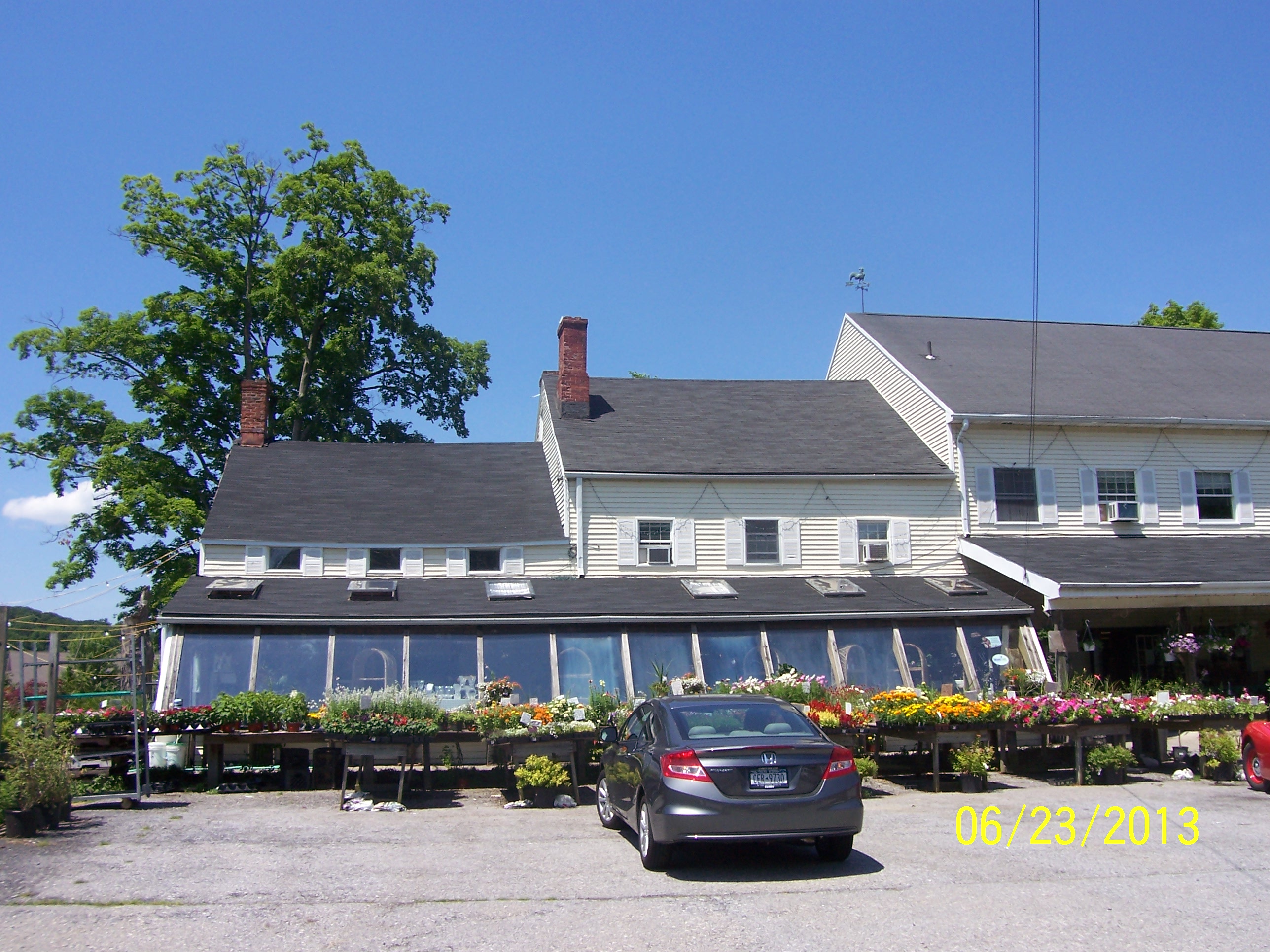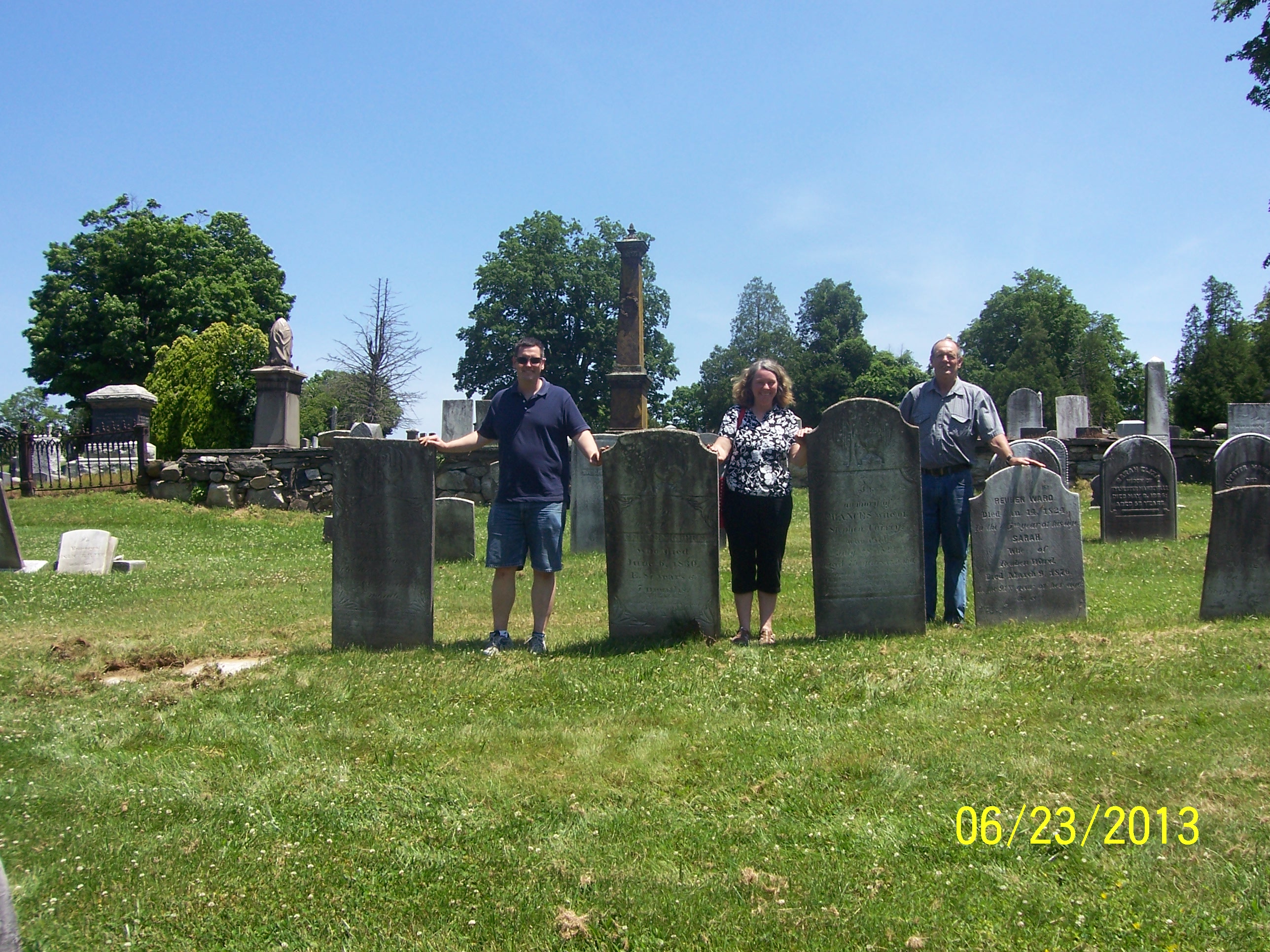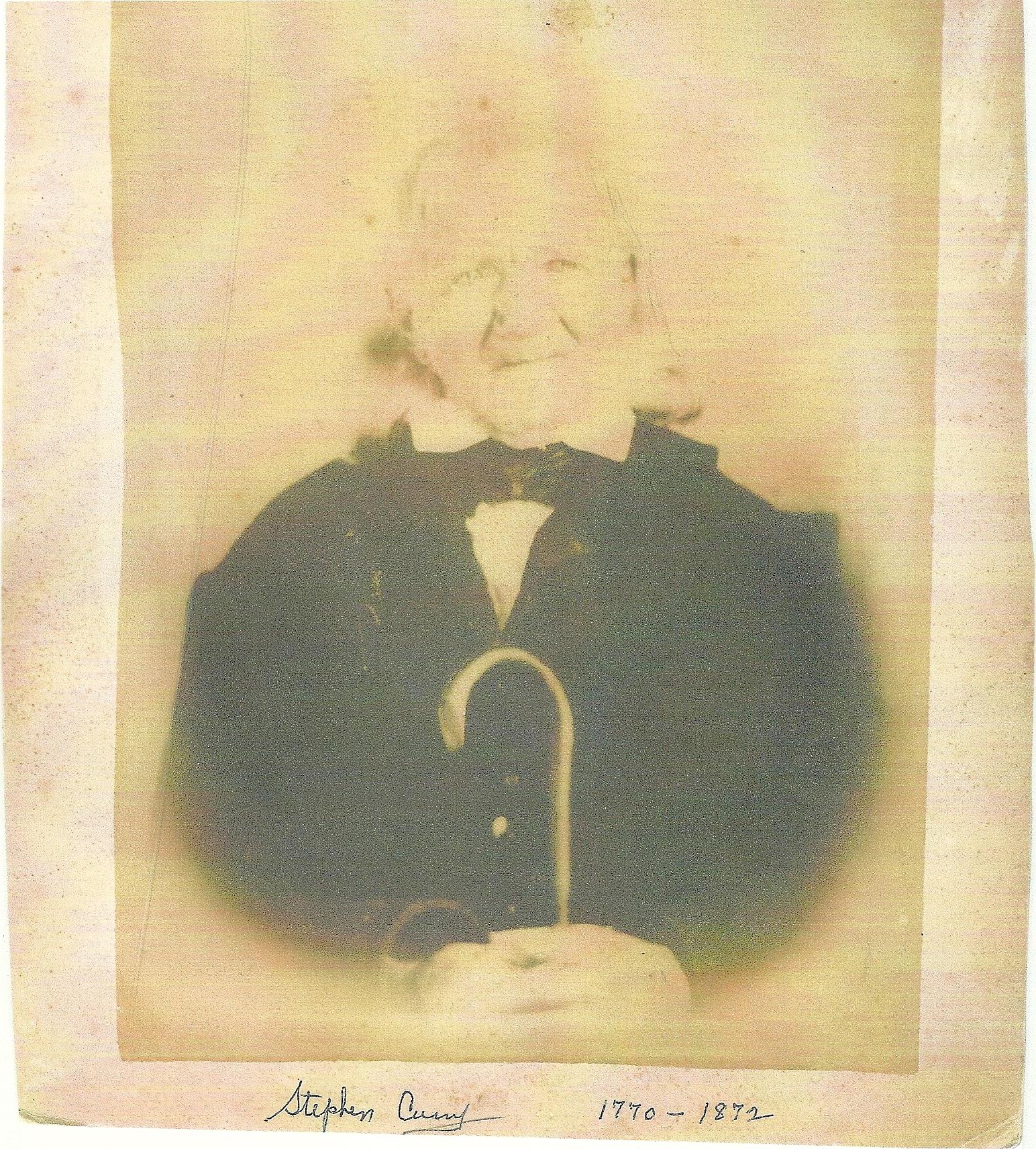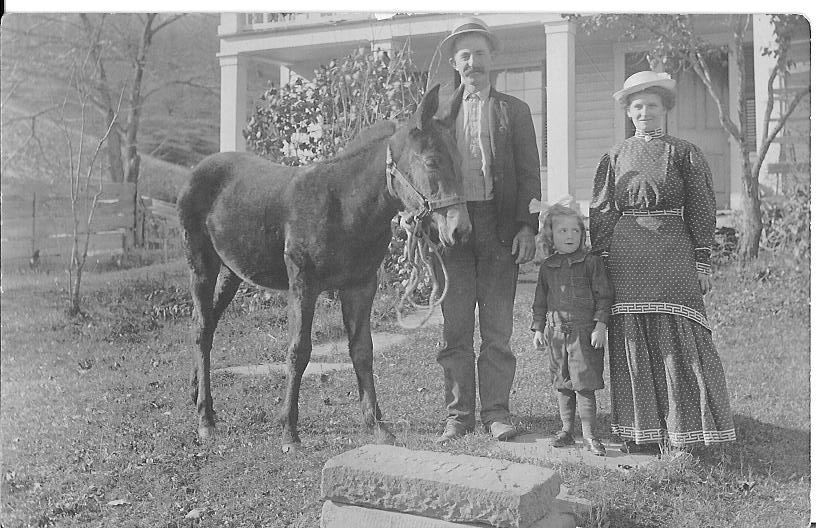Daniel Curry
George Mason University
Last Updated 5 May 2014
copyright May 2014

The Curry Farm:
One Family in an Evolving Nation
Built in 1812, the Curry farm house is one of the oldest surviving structures in Neversink, NY and has been continuously owned by a single working class family for two hundred years. Because Stephen Currey, the individual who constructed the house, was one of the original settlers of Neversink and several individuals in succeeding generations were prominent citizens in the town, there is significant information about this family that can be found in secondary sources. A notable amount of primary sources referring to Vail Curry (Stephen’s great-grandson) and his wife, May, such as letters, journals, insurance forms, receipts and many other details of every-day life at the end of the 19th and early 20th century are also available for analysis. In addition, there is a rich family oral history of the life of Chandler Curry in the mid-20th Century.
Richard Currey (1709-1806)
Stephen Currey (1742-1829)
Stephen Currey (1770-1872)
James Curry (1811-1889)
David Curry (1833-1910)
Vail Curry (1872-1953)
Chandler Curry (1917-1985)
Robert Vail Curry (1946- )
The Curry family is unremarkable and average when compared to other American families but the detailed documentation of economic decisions and personal experiences of nine generations of this working class family is exceedingly uncommon. Because of the amount of primary and secondary sources available for analysis, the Curry family provides a lens into how the average American family reacted, accommodated and adapted to the massive national changes brought about by events such as the Revolutionary War, an expanding industrial economy and technological advancement in farming and transportation.
Curry Family Generational Patriarchs
Richard Currey (1709-1806)

Richard was reduced to indentured servitude at age 13 after his widowed father died suddenly in 1722. Despite this, he was able to become a respected and prominent citizen by clearing and improving land for farming in an unsettled and dangerous area and then selling it for a profit. Only after gaining economic security was he able to move back to VanCortlandtville and become an elected town official and prominent member of the church.
Stephen Currey (1742-1829)

Stephen alienated his family by marrying the daughter of the aristocratic and influential Thomas Moore. Without family support, Stephen moved to Tarrytown where, like his father, he cleared and improved land to gain financial security before moving his family back to VanCortlandtville where he joined the militia to fight against the British and his brother Joshua in the Revolutionary War.
Stephen Currey (1770-1872)

Stephen constructed the Curry Farm House in 1812. He is one of the key individuals responsible for the large amount of information available regarding the Curry family. He is a major source of information in both James Quinlan’s 1873 work, History of Sullivan County and the main source of family oral history found in the “Andrew Curry Papers” found at the Time in the Valley Museum in Neversink, NY. A brief description of Stephen’s early life reveals his many connections to major events. In 1873 James Quinlan wrote:
Vail James Curry (1872-1953)

was the first to attempt a living at something other than farming when he opened the “Neversink House” Hotel. But, it seems that Vail never fully depended on the hotel for income. Throughout the time the hotel was in operation, receipts for the sale of milk and apples can be found in his files. Once the hotel closed, Vail was able to comfortably fall back exclusively on farming to provide for his family.
Chandler Purvis Curry (1917-1985)

attempted to make a living as a farmer, but due to a changing economy he was forced to increasingly supplement farming with other vocations including working as a truck driver and shop steward for the Teamsters Union. Several colorful stories come from his time as a Teamster such as a visit from Jimmy Hoffa at the family home and Chandler narrowly escaping being set on fire by anti-Hoffa Teamsters upset by the Union’s expulsion from the AFL-CIO. During Chandler’s lifetime, the increasing size and power of industrial agriculture made family farming an anachronism that was not an option unless supported by significant income from an unrelated occupation.